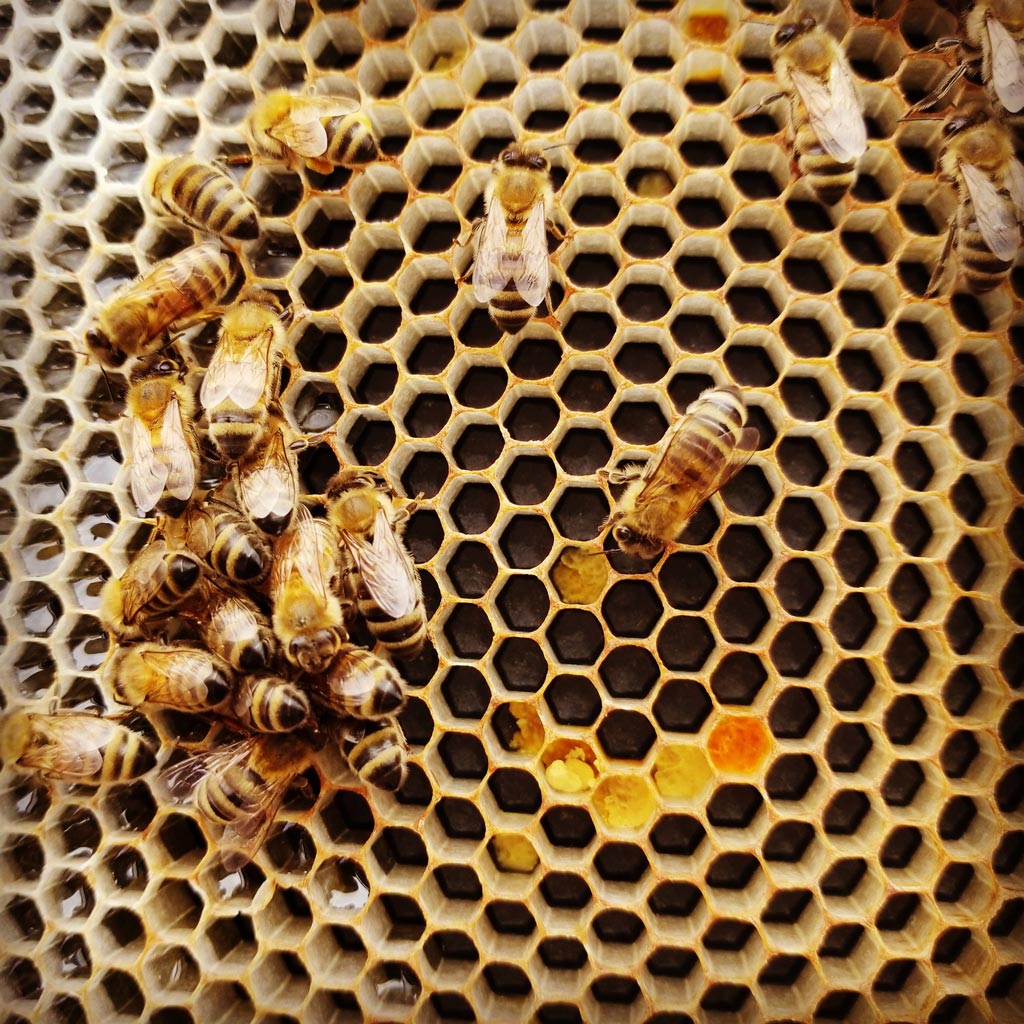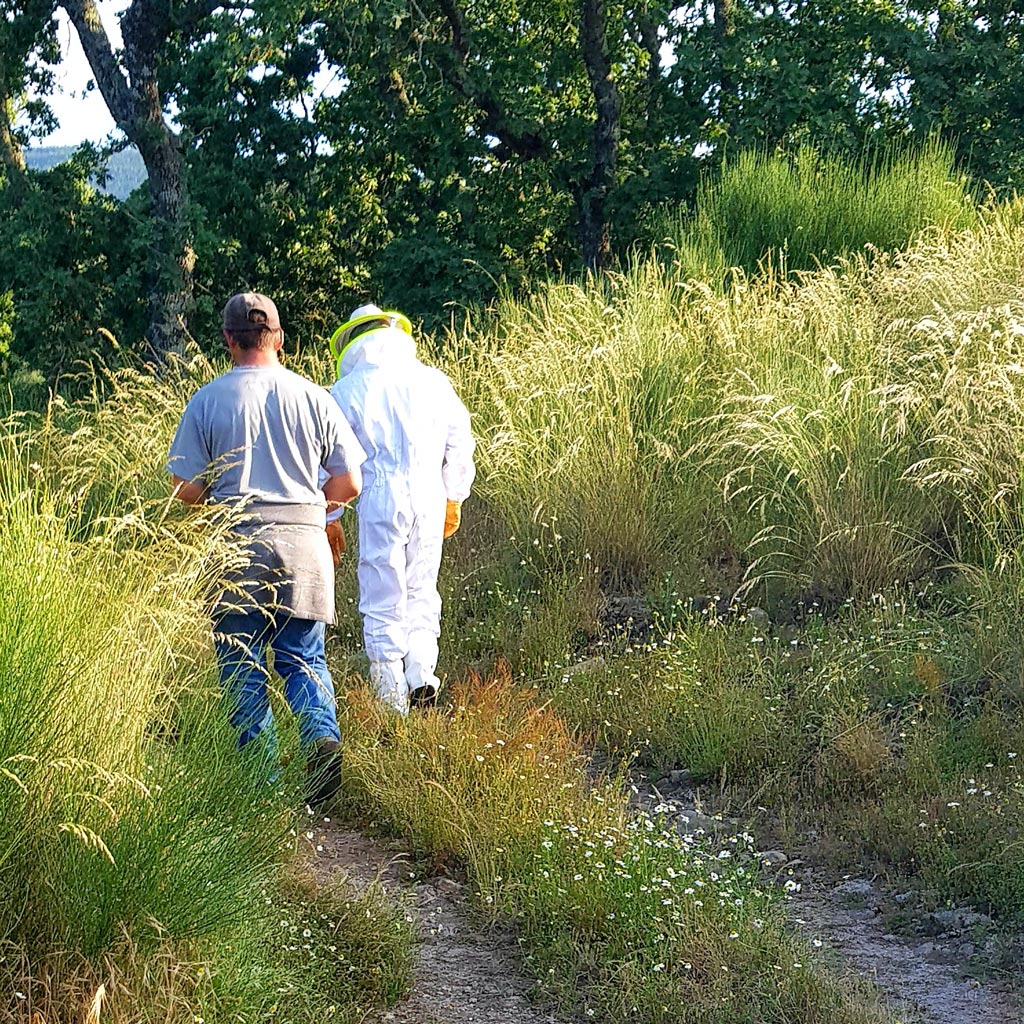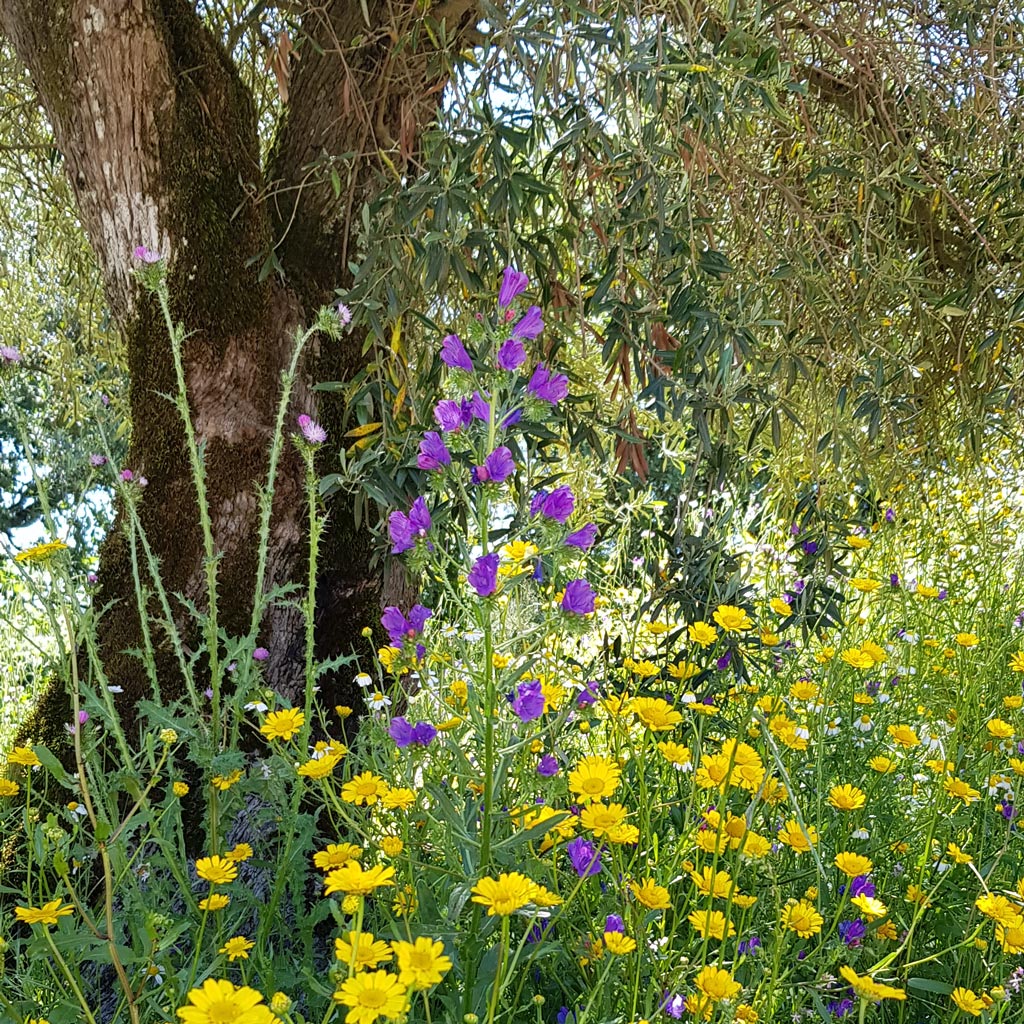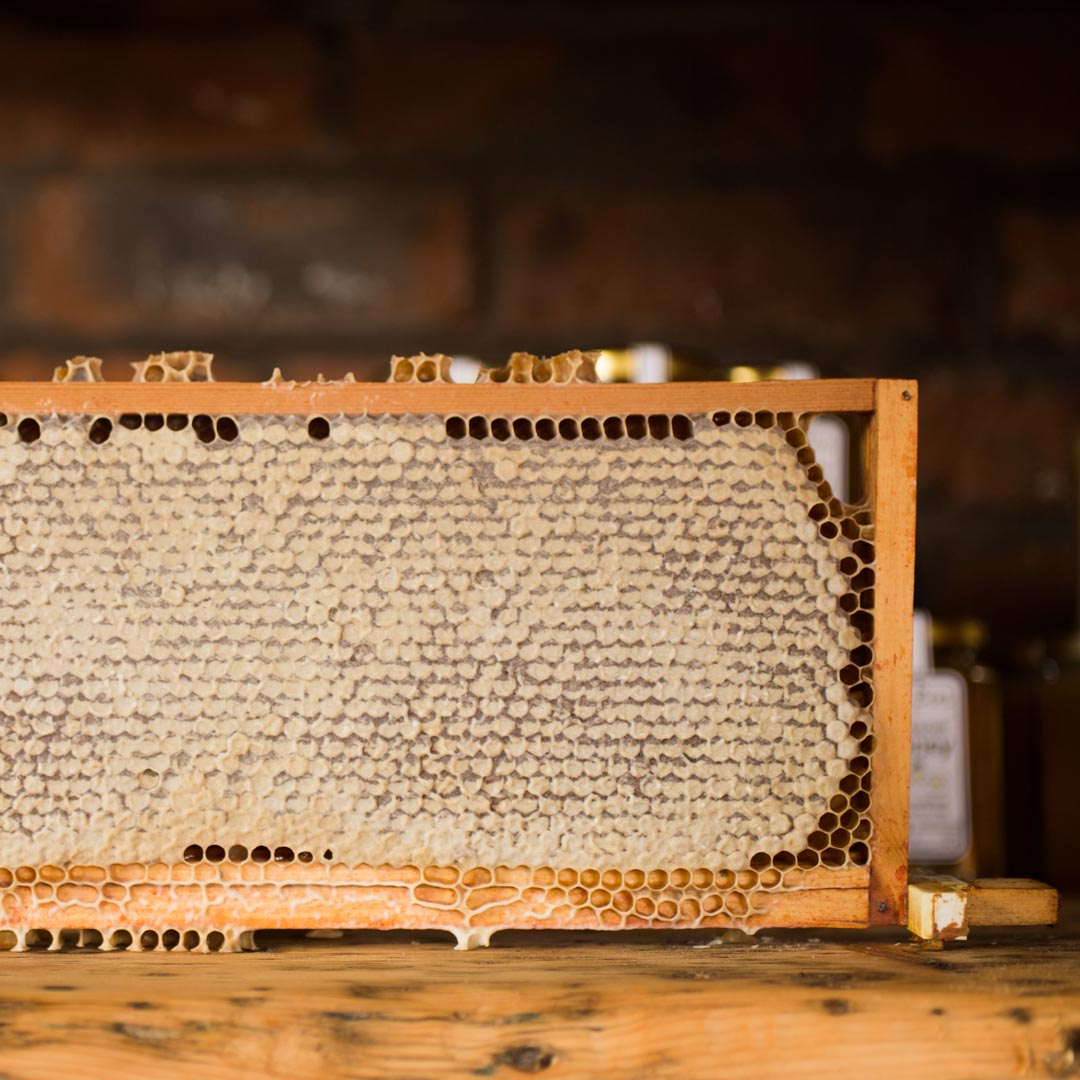
Everyone in Azeitona Verde is deeply committed to preserving our environment; we work in conjunction with nature, to be able to do our job in the best possible way.
One of our fundamental values is to practice sustainable beekeeping, so for us, bees come first.
Since we started our farm in an area of São Mamede Natural Park and Ecological Reserve, we have allowed nature to govern our fields at Azeitona Verde. Indigenous plants and wildflowers gradually started to show up in our fields and were later joined by a further quantity and variety. Throughout this time, we were busy planting trees and shrubs to attract birds and they came back! But we felt that we needed more pollinators.
In 2018, we decided to give nature a helping hand by introducing honeybees to the farm as we consider the role they play vital in ecosystems maintenance. We aimed to help regenerate the surrounding natural habitat, increase and restore biodiversity, whilst trying to interfere as little as possible with the bees, letting them be happy to carry out their jobs.
To help our bees to fully adapt, we sowed fields with Portuguese wildflowers. The protection and preservation work we carried out over these years, namely with the oaks (black oak Quercus pyrenaica, a protected tree of the Serra de São Mamede Natural Park) has had brilliant results, producing an abundance of sap, ideal for feeding bees at a time of the year when flowers are no longer abundant.
Our (raw) honey
This is the honey we produce in Azeitona Verde. It is honey that is produced following the same methods used throughout time and the history of civilization. It was considered a sacred food by many ancient civilizations since, in addition to being used as food, it was also used as medicine.
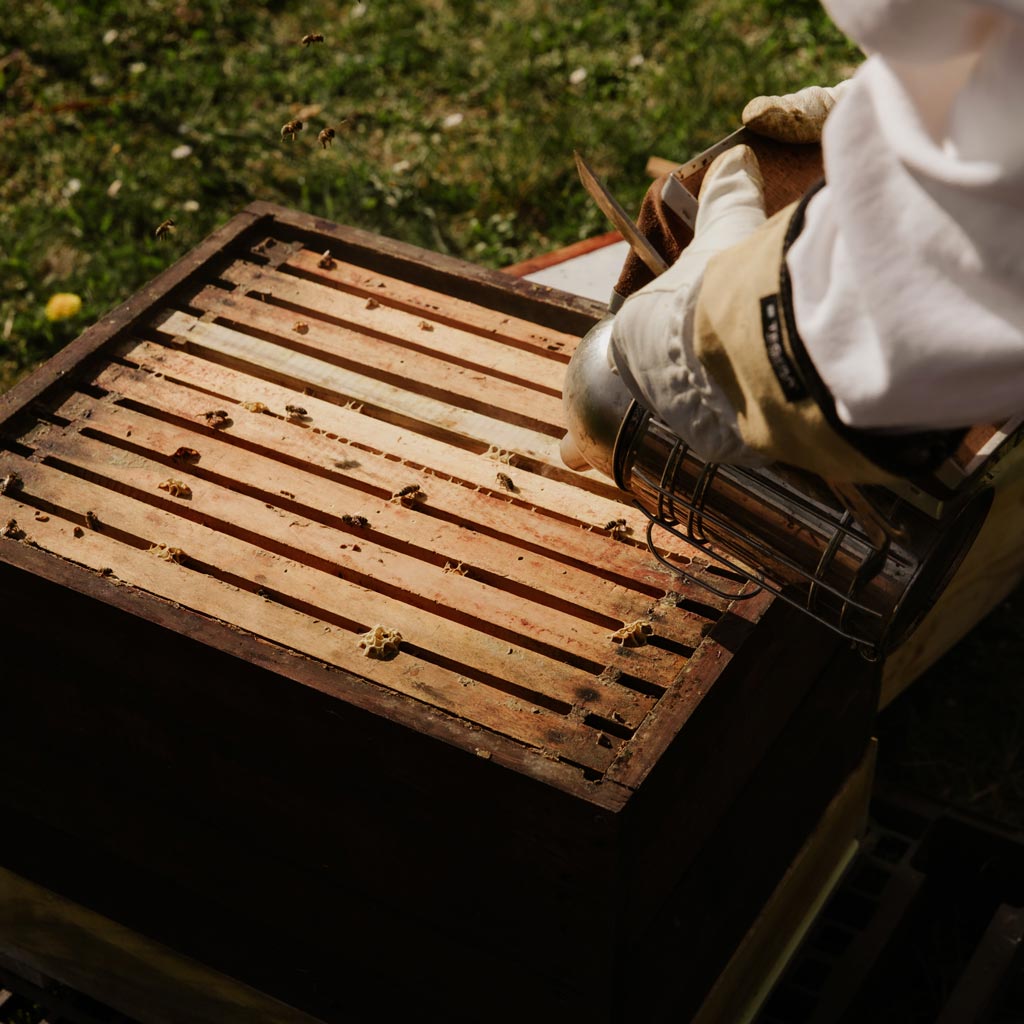

Our honey is unpasteurized and only lightly filtered to remove small pieces of plant debris, including pollen and beeswax. Our honey is not subjected to any process of heating or the addition of products such as sugar or water. (a procedure, unfortunately, used to make honey production more profitable and to make it look more appealing to consumers, a method that ends up giving rise to processed honey deprived of the benefits of raw honey because many of the nutrients have been lost during the heating or filtration processes.
Raw honey from Azeitona Verde is just gently squeezed out of the comb, along with the pollen contained therein. This pure honey is a natural sweetener containing all the nutrients, enzymes and medicinal compounds for which honey is known. Rich in vitamins, proteins, minerals — an authentic source of energy! It is rich in antibacterial, antifungal and antiviral properties.
Our honey can crystallize, especially when exposed to low temperatures. This is a phenomenon that occurs only with pure honey, which does not alter its medicinal principles and properties. If you don’t like crystallized honey just put the jar in “bain-marie” (do not exceed 40 ºC as this destroys its properties) and after a few minutes, it will become more liquid without having lost any of its characteristics.
The composition of our honey
Fructose and glucose, among other sugars.
Amino acids, vitamins, proteins, minerals and oligo-elements.
Aromatic substances.
Some of the many flowers and plants present in our honey
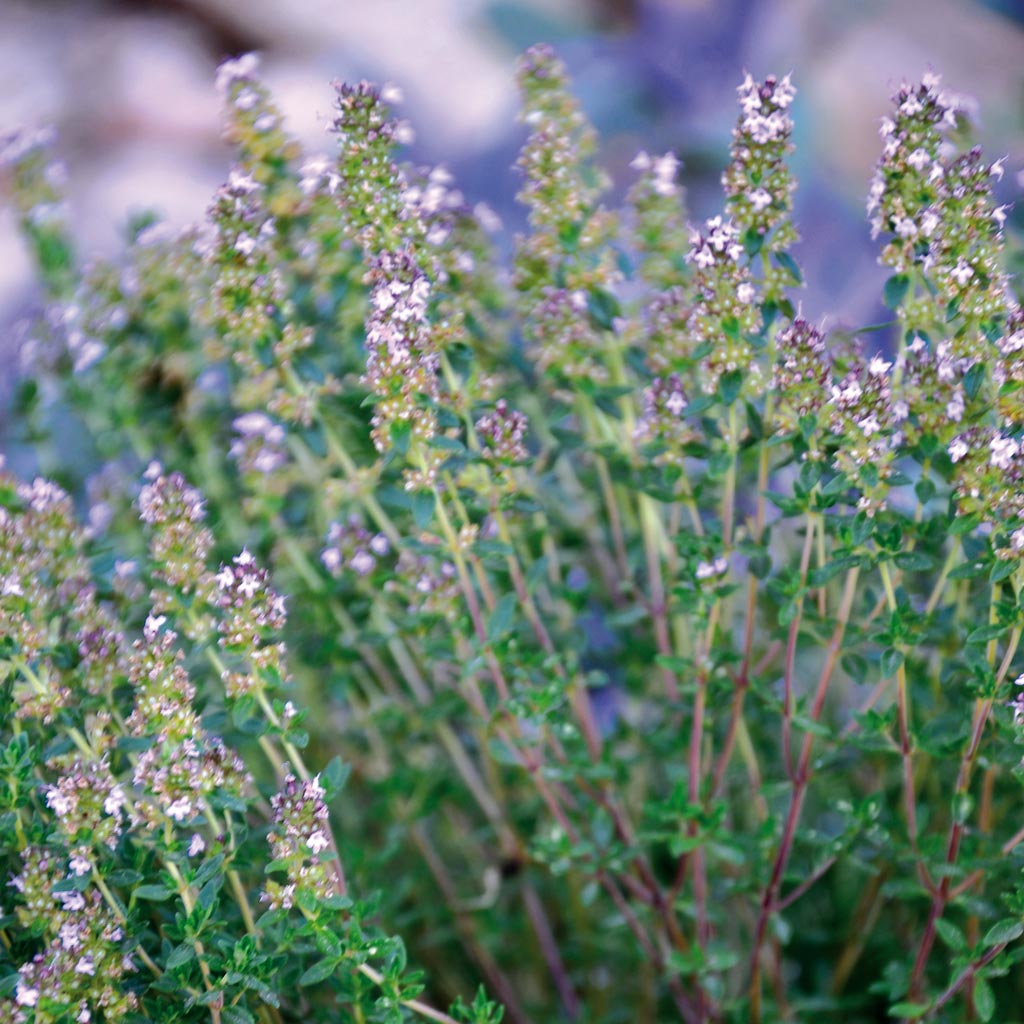
Thyme
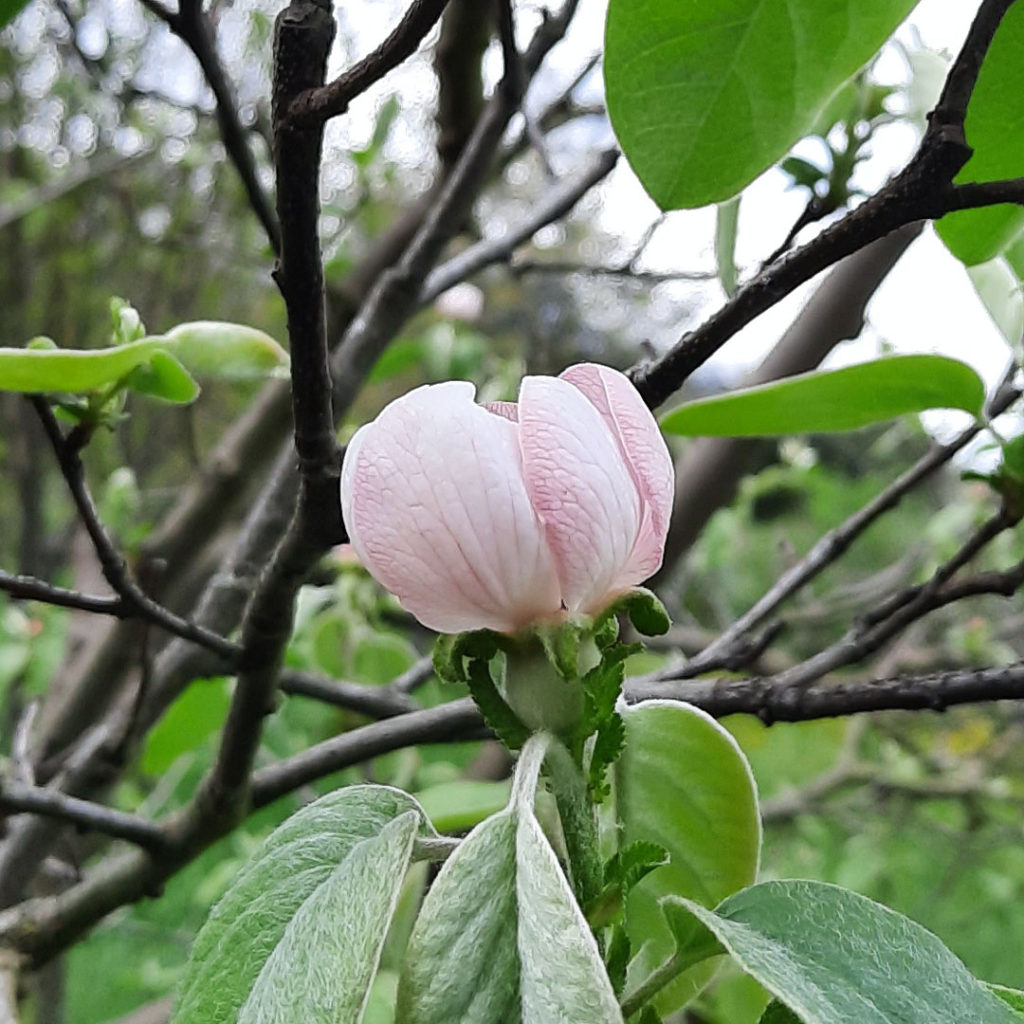
Quince Blossom

Silene
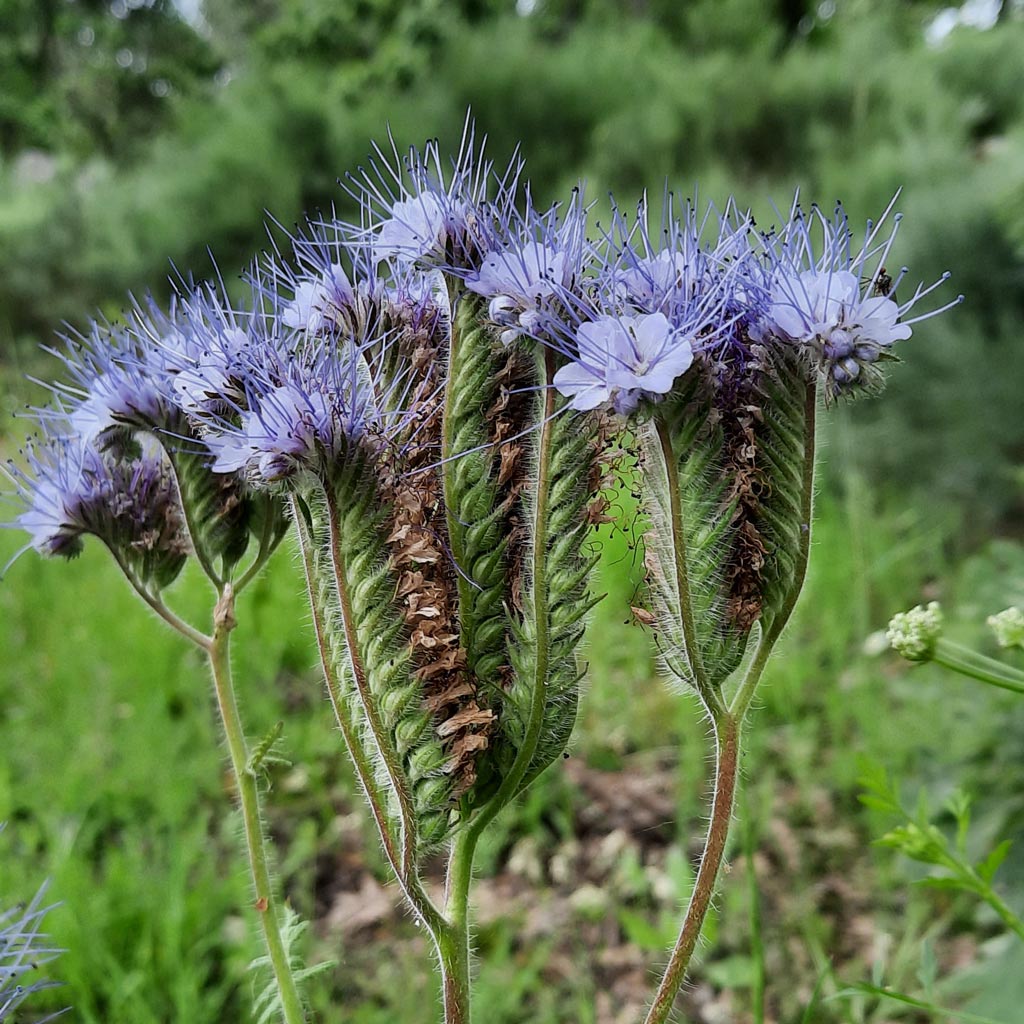
Phacelia

Wildflowers
How do we produce our honey?

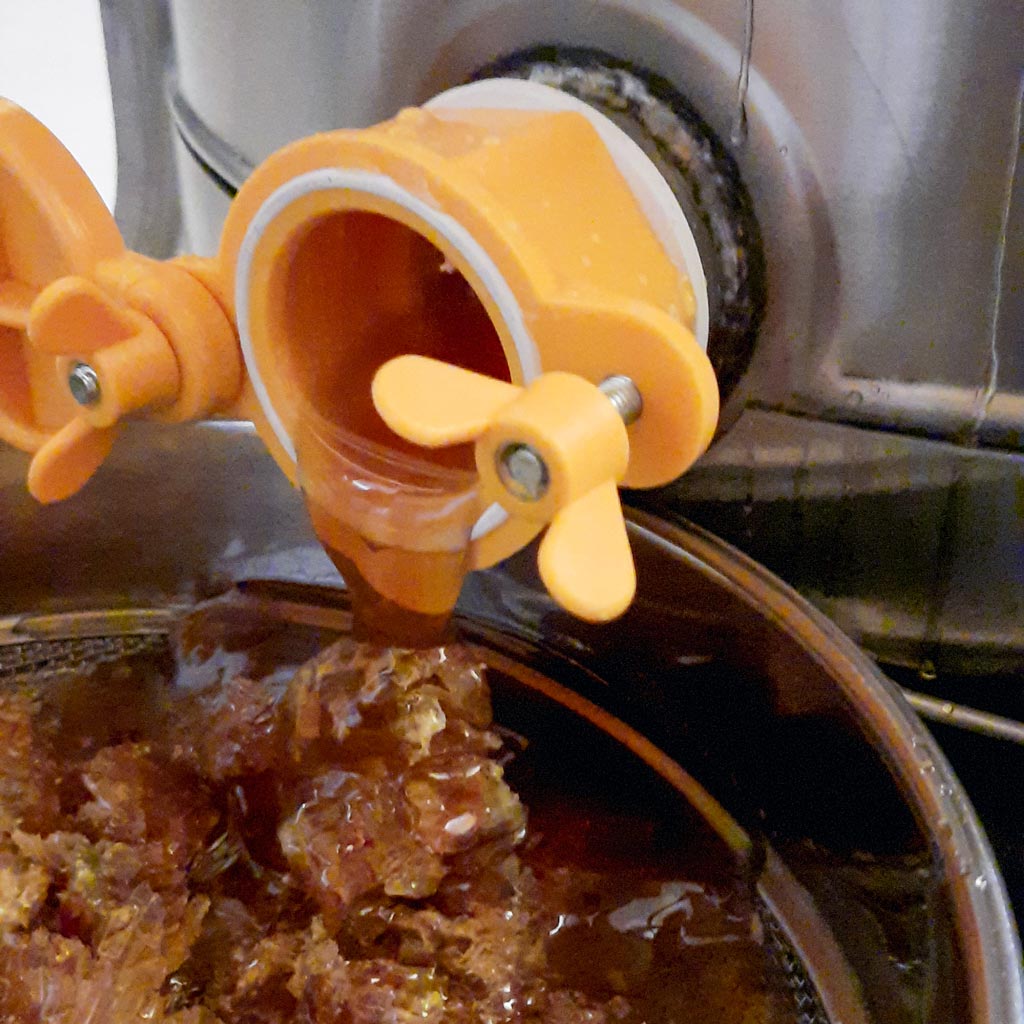

Bees go out to the fields every day where they collect the nectar from the plants and flowers, they then take it to the hives where the complex sugars are processed and broken down into two simple sugars called glucose and fructose.

They are deposited in the honeycomb alveoli where, through a natural evaporation process, the water present in the honey will be reduced.

When the moisture content drops below 18%, the honeycomb cells containing fresh honey are covered and sealed by the bees, this process is called “operculation”.

When the combs are sealed, our beekeepers select some frames and harvest the honey, doing so only when there is an abundance of honey. In this way, we ensure that our bees have enough to feed on during the cold winter months.
Extraction

We extract the honey manually, at room temperature, using a manual centrifuge in Azeitona Verde.

Once extracted it is stored in sterile stainless-steel tubs and is left to rest for a few days in a cool and airy place.

The packaging of our honey is done manually on our premises with great care and attention.
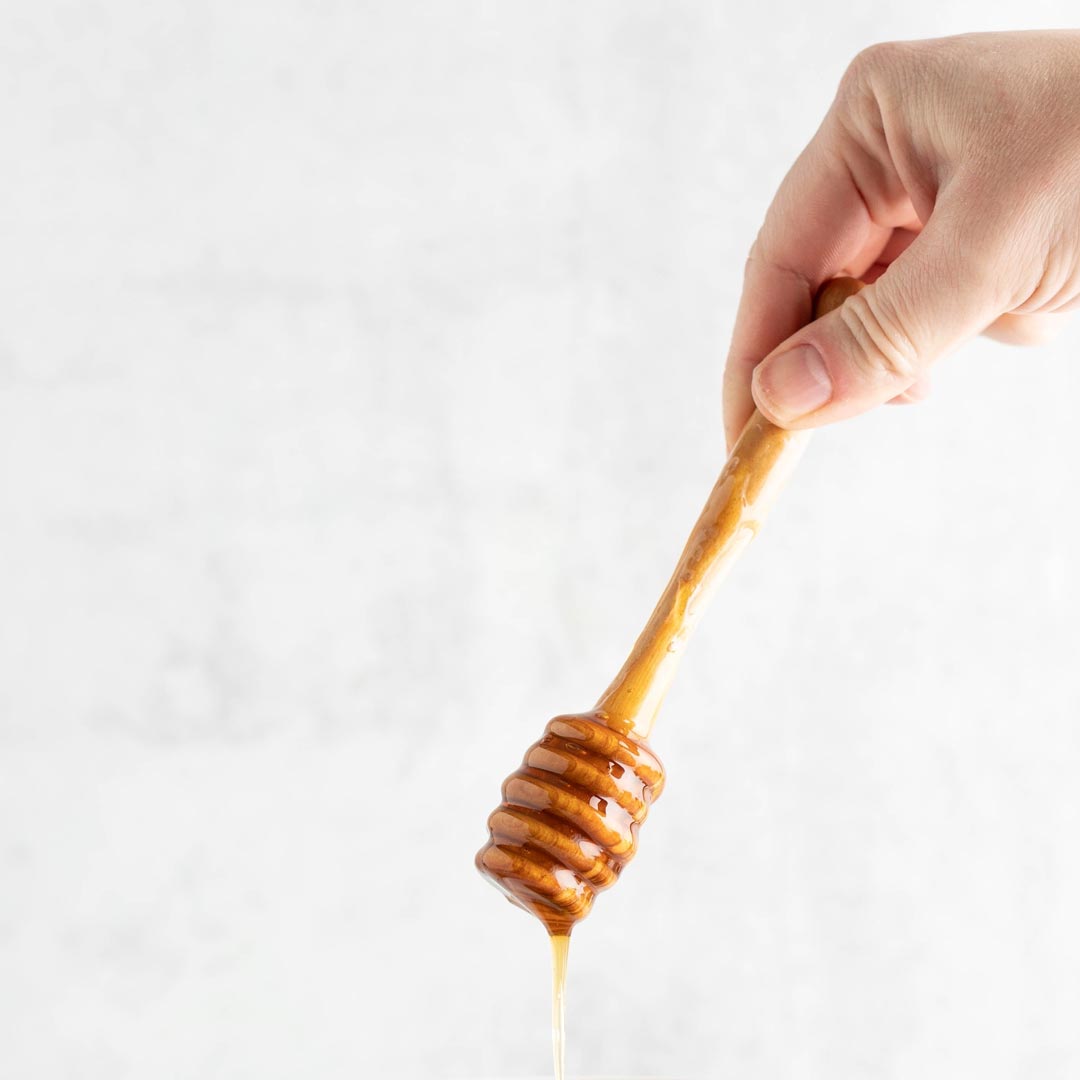
How can you tell that the honey you are eating is pure?
There are some simple tests you can try to identify whether your honey is pure or fake, such as:
Reading the label
Checking the label – bear in mind that pure honey has only one ingredient, honey!
The finger test
Place a drop of honey on your index finger. If it spreads immediately, it is not pure. If it keeps its shape it is pure.
The water glass test
Fill a glass with water, add a spoonful of honey. Adulterated honey will begin to dissolve in the water at the bottom of the glass whilst pure drops of honey will group together at the bottom of the glass.
The test of time
Pure honey crystallizes over time. Processed honey will continue to look like a syrup (more liquid) for as long as it is stored.


